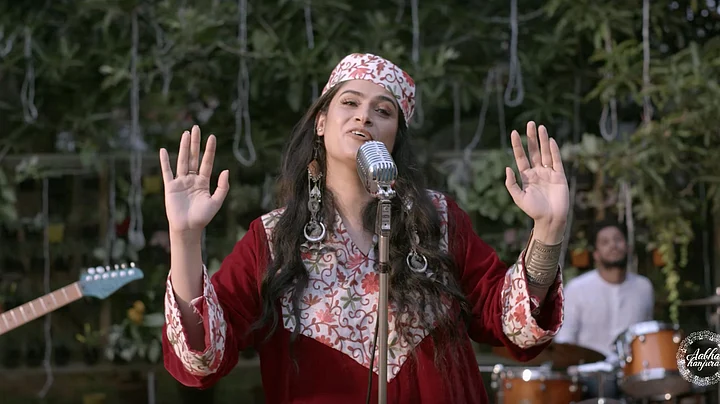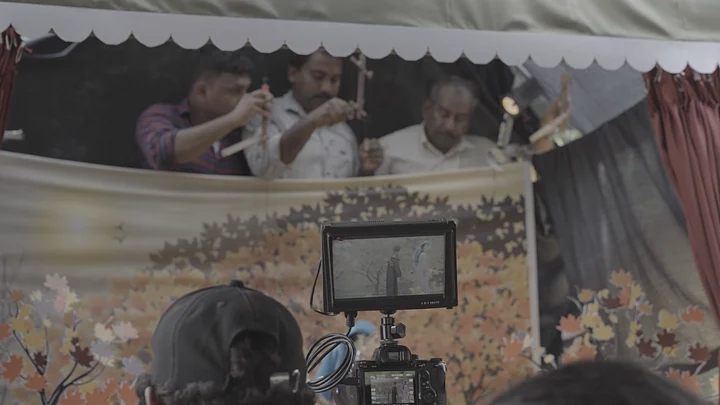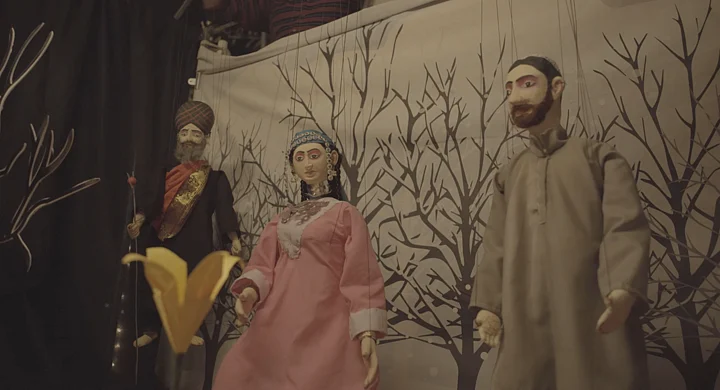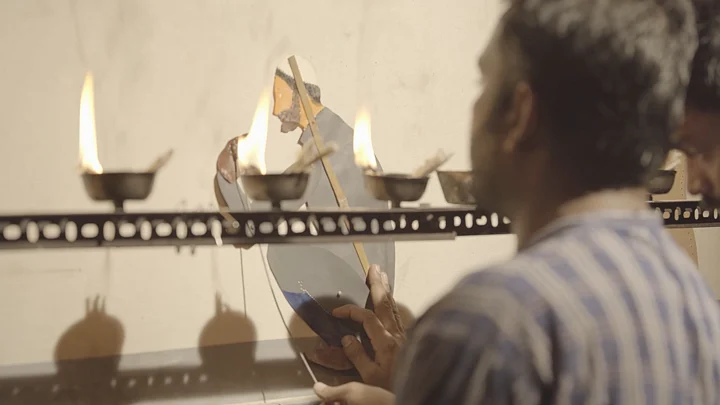Kashmiri singer Aabha Hanjura in collaboration with Mad Genius Productions based in Kerala, released a two-part music video, on 1 August, inspired by traditional Kashmiri folk melody. The songs titled Roshe Walla aim to capture a Kashmir beyond the agony, chaos and conflict that we usually hear of.
The Roshe Walla numbers dropped by the eclectic folk-pop singer on YouTube are already garnering rave reviews.
The two music videos were shot entirely in Kochi, featuring string and shadow puppetry and animation. The first video of the album is titled Dilbaro Yuier Walo and is performed in Kashmiri, while the second video titled Chalo Chinaro Ke Gharon is performed in Hindi.
These videos are also actor Vishak Nair’s directorial debut, he is mostly known for the film Aanandham. Nair is a seasoned theatre and film actor who has been writing and directing short films since the age of 17.
Roshe Walla Part 1: Love in the Time of Chaos
Through her numbers, Hanjura sings praise of her homeland’s incomparable beauty, especially during spring, ‘from its untouched snow-capped mountains to its sun-kissed valleys’.
“We also wanted to try out something simple, and the message should be pan-Indian that everyone would understand, which is why we thought we'll do it for children,” says Nair while describing their approach to the music videos.
In the first video, we see the story of a farmer boy in love with a princess, symbolic of the soul of Kashmir, where people of diverse cultures and traditions live together. Things take a vile turn when a villainous puppet is introduced – the sorcerer – who is also in love with the young princess.
The sorcerer is the personification of the conflict and chaos that plagues Kashmir and with his arrival, all hell breaks loose.
The children in the audience scream in horror when the sorcerer casts an evil spell, destroying all that is beautiful in the valley, ending with a cliffhanger.
Roshe Walla Part 2: Reclaiming One’s Home
The second song, a Hindi number, radiates hope, courage, survival, resilience and the triumph of truth over falsehood. The song conveys the burning desires of a refugee to go back to their homeland and find peace – a situation that is very close to the singer.
“The idea of creating a magical world of realism and fantasy... fairytale kind of storytelling came from Vishak. He said this will be a beautiful way to tell the story of a refugee wanting to go back home and also celebrating the land, its beauty, spring, hope and love,” says Hanjura.
“There are different ways the world views Kashmir, but for me, Kashmir is love, divinity.”Aabha Hanjura, Singer
In the second video, it is the turn of the farmer boy to rise to the occasion and avenge the injustice that has happened that has stained his beautiful land with blood, war and hatred. The farmer defeats the sorcerer and reclaims his love, restoring the beauty of Kashmir, much to the excited cheers from the children in the audience.
The fairytale ending assures the children in the audience that ‘everything will turn out alright in the end’. The song wants to instil the hope that it is possible to tolerate, love, live and let live.
(At The Quint, we question everything. Play an active role in shaping our journalism by becoming a member today.)



